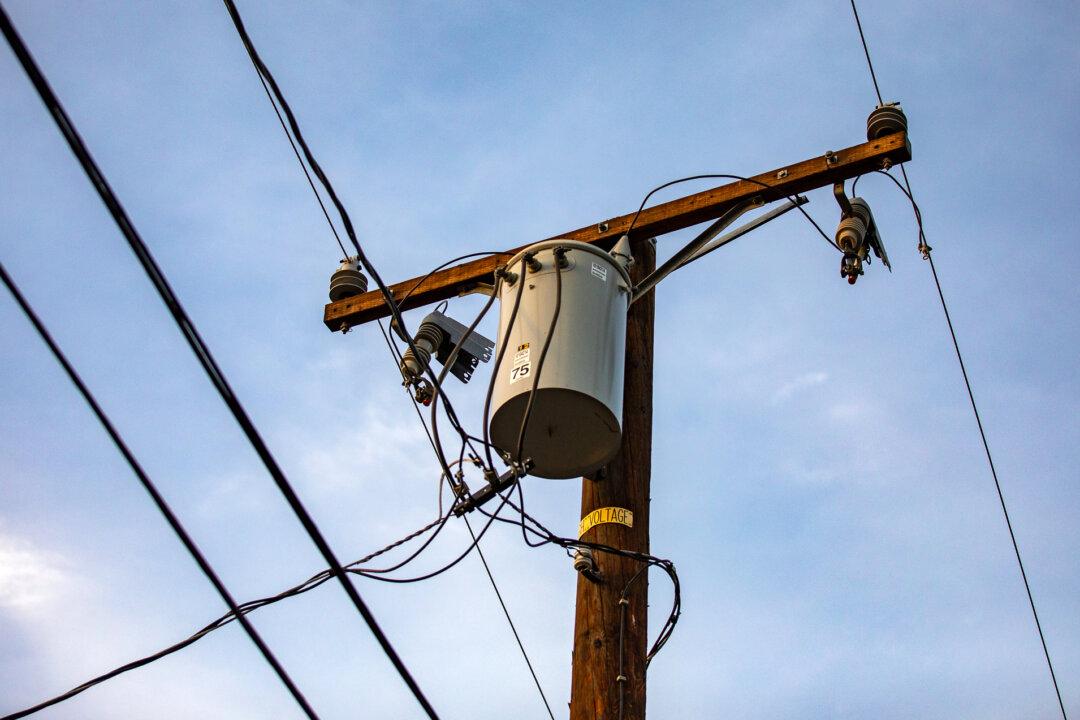Commentary
Upstart renewable energy agency Orange County Power Authority (OCPA) is preparing to lock its member cities into hundreds of millions of dollars of liability.

Upstart renewable energy agency Orange County Power Authority (OCPA) is preparing to lock its member cities into hundreds of millions of dollars of liability.